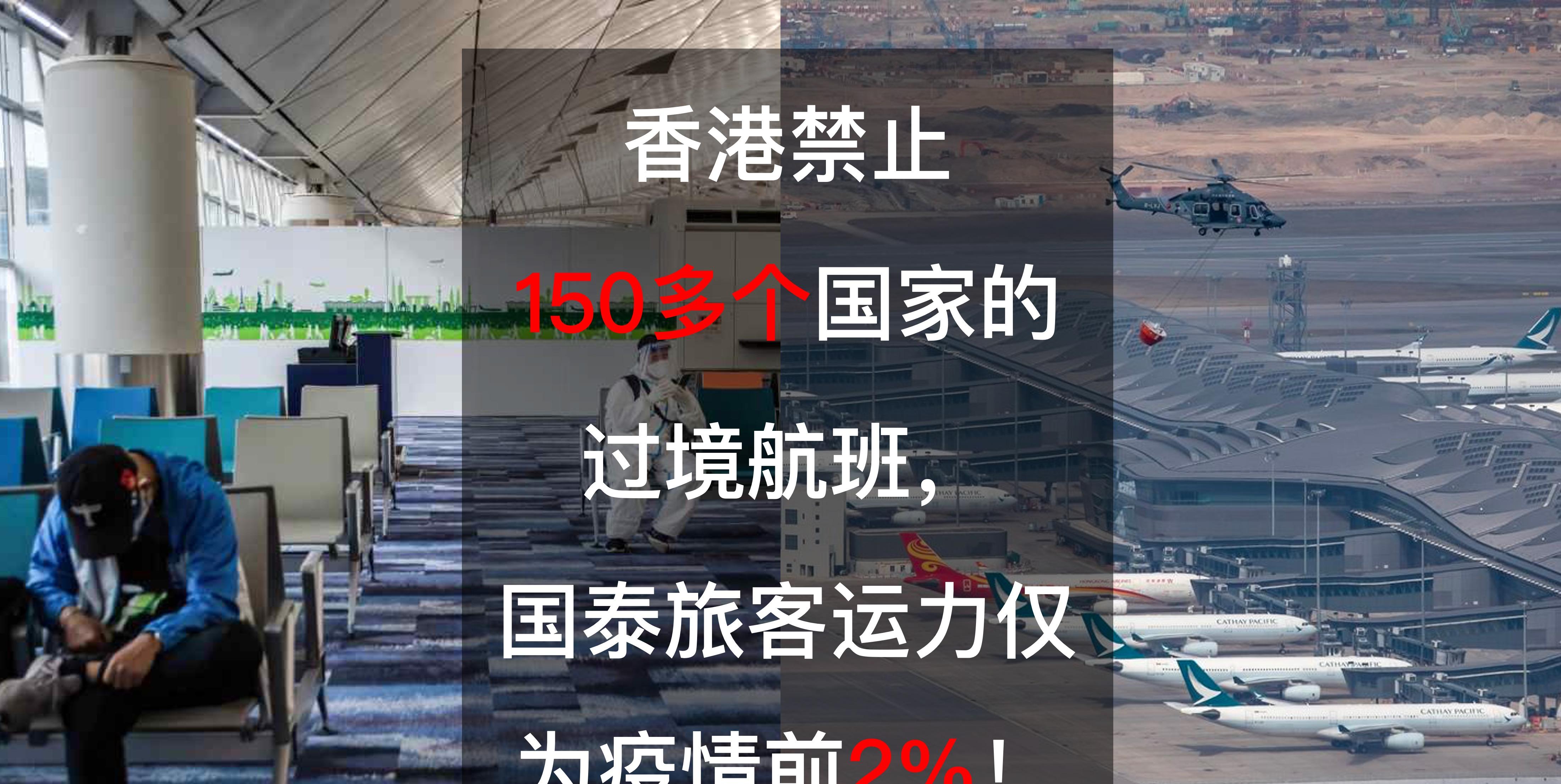
In order to stop the spread of the highly contagious Omicron in Hong Kong, the Hong Kong International Airport announced that it will ban passengers from more than 150 countries and regions from transiting through Hong Kong for a period of one month.
Hong Kong's latest regulatory ban on "high-risk" countries and territories will last from January 16 to February 16, and air passengers who have stayed in more than 150 "high-risk" areas in the past 21 days, including the United States and the United Kingdom, will be banned from transiting in Hong Kong.
Since the outbreak of the epidemic, Hong Kong has been implementing a strict COVID-19 control policy. Strong control measures have effectively controlled the spread of the epidemic in Hong Kong. But since last year, Hong Kong has also reported 50 confirmed cases of Olmi kerong.
Since last week, Hong Kong has imposed a six-month ban on several countries, including the United States, Britain, Canada, Australia and India. It's not just commercial flights that are affected, with local museums, cinemas, gyms and libraries closed for at least two weeks, while residents can only eat at restaurants until 6 p.m.
The new flight transit ban will have a significant impact on airlines operating in Hong Kong. It is worth noting that the biggest impact of the ban is the local flag carrier, Cathay Pacific, whose operations rely heavily on transit passengers. At the end of 2021, Cathay Pacific's managers affirmed the Hong Kong government's confidence and commitment to maintaining its status as an aviation hub. Cathay Pacific executives said Hong Kong's geography and resources were key tools to maintain passenger accessibility.
Cathay Pacific has been operating in Hong Kong for 75 years, during which time Cathay Pacific's growth has also seen Hong Kong become the world's leading international aviation and logistics hub. Cathay Pacific's operations have also played a significant role. Cathay Pacific said it could further consolidate Hong Kong's hub status by leveraging its geographical advantages, management expertise and extensive talent pool.
In 2019, before the outbreak of the epidemic, Hong Kong International Airport handled 71.41 million passengers, ranking 13th in the world. The cargo throughput exceeded 4.8 million tons, ranking first in the world. In 2020, the passenger traffic of Hong Kong Airport was only 8.8 million passengers, down 88% year-on-year, and it was out of the world's top 50. Cargo and mail throughput was 4.468 million tons, down 7.1% year-on-year, surpassed by Memphis International Airport, ranking second in the world.
Although the epidemic has had a very large impact on the passenger throughput of Hong Kong International Airport, its infrastructure construction has not been delayed. A third runway system is now under construction and is expected to be fully completed in 2024, which will also greatly enhance the capacity and competitiveness of hong Kong International Airport. The Airport Authority Hong Kong is also working on various passenger experience and high-end logistics projects, which will further enhance the efficiency and capacity of the hub.
Cathay Pacific's earnings report showed that it lost $2.8 billion, or about 17.786 billion yuan, in 2020. The loss in the first half of 2021 was $973 million, or about 6.18 billion yuan. In November, Cathay Pacific carried just 70,047 passengers. With the advent of the Opmi kerong variant virus, Hong Kong authorities have further tightened their epidemic prevention policies – non-residents from more than 90 countries have been banned from entering the country, and passengers from important markets such as the United States and the United Kingdom have been required to quarantine for 21 days.
Cathay Pacific's operations in January were significantly affected after Hong Kong authorities implemented new aircrew measures. Its passenger capacity is only 2% of what it was before the epidemic, and its freight capacity is only 20% of what it was before the epidemic. The shortage of capacity will further drive up air freight rates.
Hong Kong's latest transit policy will further delay Hong Kong's recovery as a global aviation hub. It is hoped that the epidemic will disappear as soon as possible and more travelers will return to the sky.